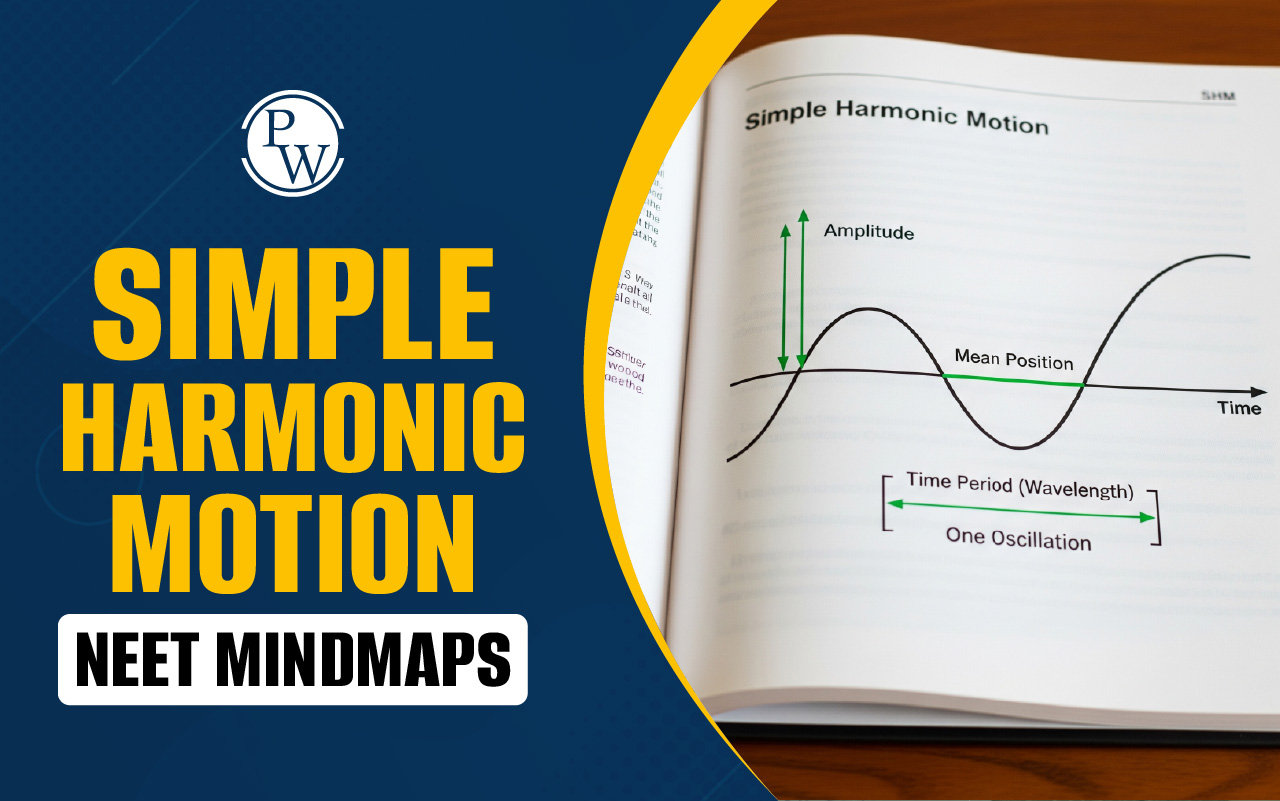

NEET 2022 Cut Off: The National Eligibility cum Entrance Test (NEET) is one of the most significant medical entrance exams conducted in India. Lakhs of candidates appear for NEET every year with the aim of cracking the exam and getting admission into MBBS and BDS courses in government and private medical colleges. The NEET 2022 cut-off is one of the essential metrics that aspirants need to understand to know their chances of admission.
NEET 2022 Cut Off Overview
NEET 2022 Cut Off is the minimum marks or score a student must have in order to pass the exam and be eligible for admission to medical or dental colleges across India. The cut-off for NEET is determined based on various factors, including the difficulty level of the exam and the performance of the students. The cut off is different for different categories such as General, OBC, SC, ST, and PwD. The exam has seen a higher difficulty level in 2023 and 2024, and as a result, the cut-off for these years is higher than in previous years.
In the year 2024, students who belong to the General category needed to score approximately 720 marks in order to pass the NEET exam. In 2025, the NEET 2025 cut-off has been lowered slightly, with a highest score of around 686 marks for the General category. The reserved category cut off is usually lower than the unreserved category cut-off. Here is the NEET 2022 Cut off:
| NEET Cut Off 2022 | |
| Category | NEET Cut Off 2022 |
| UR/EWS | 715 - 117 |
| OBC | 116 - 93 |
| SC | 116 - 93 |
| ST | 116 - 93 |
| UR/EWS & PH | 116 - 105 |
| OBC & PH | 104 - 93 |
| SC & PH | 104 - 93 |
| ST & PH | 104 - 93 |
NEET 2022 Qualifying Marks
Eligibility criteria for admission include that the candidate should clear the NEET 2022 qualifying marks as per the category of the candidate. By clearing the cut off, the candidate has cleared the exam and can apply for counselling for seat allocation.
-
General Category: Candidate should have a score above the 50th percentile.
-
Reserved Categories (OBC/SC/ST): Candidate should have a score above the 40th percentile.
-
PwD Candidates: The cut off is relaxed by 5% of the percentile usually.
Cut off varies every year as per the performance of the candidates.
Prepare for NEET 2026 with Arjuna NEET 3.0, Lakshya NEET 3.0, and Yakeen NEET 3.0 online batches. These courses provide clear lessons and regular practice tests to help you cover the entire syllabus step-by-step.
NEET 2022 Cut Off for Government Colleges
Government medical colleges have their separate cut off according to NEET marks and state quotas. The NEET 2022 cut off for government colleges can vary state-wise based on seat availability, number of candidates, and demand.
| NEET 2022 Cut Off for Government Colleges | ||||||
| State / UT | General (Approx. Rank) | SC (Approx. Rank) | OBC (Approx. Rank) | EWS (Approx. Rank) | ST (Approx. Rank) | PWD (Approx. Rank) |
| Andhra Pradesh | 20,000 - 22,000 | 90,000 - 120,000 | 20,000 - 22,000 | 20,000 - 22,000 | 80,000 - 150,000 | 18,000 - 30,000 |
| Assam | 20,000 - 22,000 | 90,000 - 120,000 | 20,000 - 22,000 | 17,000 - 22,000 | 100,000 - 130,000 | 20,000 - 25,000 |
| Bihar | 12,000 - 17,000 | 60,000 - 100,000 | 15,000 - 19,000 | 14,000 - 19,000 | 50,000 - 130,000 | 15,000 - 20,000 |
| Chhattisgarh | 18,000 - 22,000 | 90,000 - 110,000 | 20,000 - 23,000 | 20,000 - 23,000 | 100,000 - 145,000 | 20,000 - 25,000 |
| Delhi | 100 - 1,000 | 1,000 - 12,000 | 200 - 2,000 | 300 - 1,500 | 3,000 - 50,000 | 18,000 - 88,000 |
| Gujarat | 6,000 - 13,000 | 50,000 - 83,000 | 3,500 - 14,000 | 9,000 - 14,000 | 70,000 - 122,000 | 13,000 - 312,000 |
| Haryana | 9,000 - 22,000 | 85,000 - 102,000 | 15,000 - 23,000 | 12,000 - 21,000 | 110,000 - 138,000 | 18,000 - 72,000 |
| Himachal Pradesh | 5,000 - 21,000 | 34,000 - 98,000 | 6,000 - 19,000 | 3,900 - 16,000 | 43,000 - 150,000 | 14,000 - 210,000 |
| Jammu & Kashmir | 5,000 - 22,000 | 70,000 - 108,000 | 10,000 - 22,000 | 10,000 - 22,000 | 65,000 - 138,000 | 15,000 - 198,000 |
| Jharkhand | 10,000 - 22,000 | 60,000 - 121,000 | 13,000 - 22,000 | 7,000 - 20,000 | 65,000 - 142,000 | 15,000 - 73,000 |
| Karnataka | 15,000 - 50,000 | 70,000 - 120,000 | 15,000 - 50,000 | 15,000 - 50,000 | 12,000 - 150,000 | 15,000 - 700,000 |
| Kerala | 3,000 - 22,000 | 39,000 - 121,000 | 13,000 - 20,000 | 6,900 - 23,000 | 114,000 - 148,000 | 15,000 - 813,000+ |
| Madhya Pradesh | 500 - 22,000 | 60,000 - 120,000 | 1,300 - 22,000 | 1,300 - 18,000 | 19,000 - 133,000 | 12,000 - 900,000+ |
| Maharashtra | 1,300 - 42,000 | 47,000 - 120,000 | 2,300 - 44,000 | 2,500 - 21,000 | 40,000 - 300,000 | 15,000 - 950,000+ |
| Odisha | 500 - 22,500 | 42,000 - 121,000 | 1,500 - 22,000 | 1,700 - 21,000 | 25,000 - 151,000 | 20,000 - 290,000 |
| Puducherry | 300 - 20,000 | 46,000 - 108,000 | 5,300 - 22,000 | 1,000 - 22,000 | 64,000 - 136,000 | 95,000 - 947,000 |
| Punjab | 1,900 - 21,000 | 26,000 - 114,000 | 1,500 - 22,000 | 4,200 - 22,000 | 47,000 - 149,000 | 7,600 - 270,000 |
| Rajasthan | 15,000 - 30,000 | 80,000 - 110,000 | 20,000 - 35,000 | 18,000 - 30,000 | 80,000 - 140,000 | 25,000 - 90,000 |
| Tamil Nadu | 20,000 - 40,000 | 70,000 - 110,000 | 20,000 - 35,000 | 18,000 - 30,000 | 70,000 - 130,000 | 25,000 - 100,000 |
| Telangana | 15,000 - 25,000 | 90,000 - 120,000 | 20,000 - 25,000 | 20,000 - 25,000 | 80,000 - 150,000 | 18,000 - 40,000 |
| Tripura | 30,000 - 40,000 | 90,000 - 120,000 | 30,000 - 40,000 | 25,000 - 40,000 | 90,000 - 130,000 | 30,000 - 40,000 |
| Uttar Pradesh | 10,000 - 22,000 | 70,000 - 110,000 | 15,000 - 22,000 | 15,000 - 22,000 | 80,000 - 140,000 | 15,000 - 45,000 |
| Uttarakhand | 15,000 - 25,000 | 60,000 - 90,000 | 15,000 - 25,000 | 15,000 - 25,000 | 70,000 - 120,000 | 20,000 - 40,000 |
| West Bengal | 15,000 - 30,000 | 70,000 - 100,000 | 20,000 - 30,000 | 18,000 - 30,000 | 80,000 - 130,000 | 25,000 - 75,000 |
NEET 2022 Cut Off Determining Factors
The factors that can determine the NEET 2022 cut off include:
-
Number of Candidates: A higher number of candidates increases the competition, leading to a higher cut off.
-
Level of Difficulty: A more difficult exam will lower cut-off, and an easier exam will have a higher cut off.
-
Number of Seats: The more the number of seats available, the lower the cut off marks, and fewer seats mean higher cut off.
-
Reservation for Category: Cut off is relaxed for reserved categories like OBC, SC, ST, PwD, etc.
-
Previous Year Cut Off Trends: Cut off also depends on the previous year’s trend and marks distribution.
NEET 2022 Cut Off FAQs
What was the qualifying cut off in NEET 2022 for the General category?
What is the NEET 2022 category-wise cut off?
How do the NEET 2022 state-wise cut off differ?
What was the NEET 2022 cut off for government colleges?
How is the NEET 2022 cut off decided?













